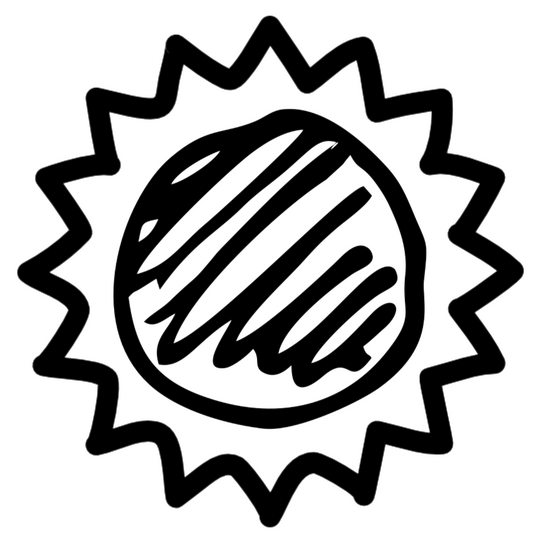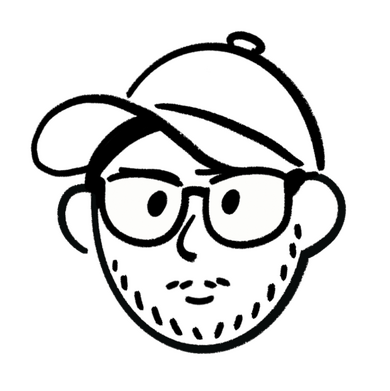What's meant by "translating good intentions into great products"?
ten over two operationalizes this as:
good intentions = developer ambition to create something useful or valuable that makes life better for its users
great products = an offering that resonates with users because it solves a real problem, ideally it's also packaged elegantly and is intuitive to integrate into their lives
ten over two connects intentions to products as an approach to building technology that centers user value, using that to inform what we build and how we build it, as well as to evaluate the usefulness of our offering.

The best way to explain the approach is actually backwards, in five parts.
5. The end goal is to add value
The baseline assumption is that you are interested in delivering value. A valuable offering solves a real problem in users' lives.
4. The way to add value is applied and narrow-scoped
So, we need a way to tie our development efforts to user problems. An applied design process does exactly that by grounding us to reality via feedback loops and separating the distinct tasks of problem definition and solution development.
The double diamond is a well known and widely used depiction of the applied design process.
The first diamond is the problem space, and the second the solution space.
In each, you first diverge before converging.
You start by leveraging a variety of methods engaging users to explore and understand all aspects of the problem generally, and then converge towards a specific problem definition (the middle point).
Then, only once your problem is well-defined, you attempt to creatively propose many different solutions before converging towards and refining the solutions that work.
The key idea here is to separate deciding on what you are building from how you are building it, delineated by a clear problem statement.
In fact, the best problem statements tend to be more specific than less specific, and define a narrow scope.
Importantly, this illustrates that there are several ways to put yourself at risk of delivering something with no grounding in reality (solving no actual problem) which corresponds to a low-value offering:
bypassing problem space exploration
defining your problem weakly, too generically, or not at all
basing your offering on a pre-selected favorite tool or implementation (solutioneering)
3. The tension is between applied and innovative
But wait — if we always listened to people and gave them exactly what they wanted, we would never give them something revolutionary that they didn't know they needed.
This is a valid objection to the applied paradigm: If you want to potentially bring about true innovation, you can't be applied. Right?
Wrong.
2. The solution is through zoom factor / working distance
You can use the applied process to deliver groundbreaking, innovative technologies if you zoom out sufficiently.

More specifically, you have to abstract away from what people say to discover patterns and identify the underlying problem(s). This requires collecting a reasonable volume of user data during problem space exploration.
1. The starting place is in the margins
So, we have a process that delivers user value through potentially innovative offerings. But where do we point it?
The answer is different depending on who you are, what's important to you, and what competencies you and your team have. From where you stand, hopefully you have a clear idea of some challenge area where you can potentially add value.
At this point, ten over two directs you to consider inclusivity framing as a lens with which to view your specific challenge area.
Inclusivity framing means trying to understand and solve your problem from the perspective of "non-standard" users first.
Building for and with these users as you design and develop has the nice result of a product that not only works in the simplest scenarios, but is accessible and robust.
It can be useful to imagine the problem space as a sun-shaped icon with jagged edges. The easy thing to do is target "the middle" with more straightforward data collection and potentially benefiting from prior work or resources. Inclusivity framing suggests you instead try to understand your problem through the messy margins and then build something that works from those angles. In doing so, you expand the functionality of your product to encompass the margins, growing the middle circle of support.

This is the magic of this approach: everyone is occasionally an edge user. An industrial design that anticipates one-handed use will be beneficial for the two-handed user whose other arm is busy carrying something else.
So, by adopting an inclusive approach, you can both do the right thing and have it be in your own self-interest. You are designing for accessibility and creating a product that is more flexible and works better and more of the time for everyone.
Summary
Altogether, what does ten over two look like in the right order for a given project?
1. Understand
Investigate your problem space by talking to people, especially those in the margins.
2. Zoom out
Zoom out as you interpret your data to understand the underlying need(s).
3. Define
Define the problem in a way that narrowly scopes which part you will address.
4. Iterate
Propose several solutions and refine those that work the best for your users for that problem.
5. Deliver
Collaborate towards a clean delivery, and calibrate your offering as you learn from feedback.

This site and these ideas belong to Blake Perry Smith.
I'm a Technical Product Manager who delivers experiences with high user value and correspondingly high business value.
Professionally, I've built products powered by machine learning and AI, as the best tools for those problems and proficiency in the field as a former engineer.
With expertise at the intersection of Product, Machine Learning, Software Engineering, and Linguistics, I design, build, ship, and calibrate innovative technologies with real users and contexts front of mind.
This includes driving product explorations from ideation to implementation, while placing fairness, accessibility, and privacy upfront and baked-in.
I'm based in Denver, CO.

Contact
Use the form or contact me directly at:
blake dot perry dot smith at gmail dot com

I too have questions.


